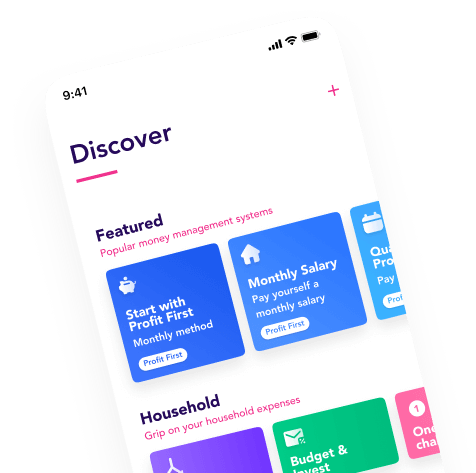
As a freelancer, you're always busy. And when you're not busy, you worry. For example, about your administration and finances. Because let's face it, for most freelancers those are not the favorite activities. There are often things that you easily forget, that you don't pay enough attention to or that you simply don't think about. You then have surprises, lose track of things or don't know exactly what you have to spend. You may recognize these mistakes:
1. You do not set aside any VAT
Do you work with one business account for all your money matters? Then chances are you don't know exactly how much money you can spend. You have a lot of money in your account, but not all of it is yours to spend. You also have to pay money to the tax authorities. As the quarter passes, this amount also gets higher and higher. You're not the first freelancer who spends income right away and has too little money left over for the tax authorities at the end.
2. You don't set aside income tax
In addition to VAT, you also have to take into account your income tax. And depending on how much you earn, the amounts can mount up considerably. So look carefully at what percentage applies to you and take it into account throughout the year.
3. You do not take into account the personal contribution to your healthcare insurance
Insurance is expensive. Certainly for the self-employed. Where other people only have to pay the premium for their health insurance, you as a freelancer have to pay an income-related contribution to the government on top of that. Many freelancers forget to take this into account.
4. You still keep track of your finances in Excel
Doing your bookkeeping in Excel or Word is really out of date. Yet research shows that still 14% of freelancers under the age of 45 use Word or Excel to do their bookkeeping! And for self-employed people over 45 years old, it's a whopping 38%.
Fortunately, it can be much easier with the online accounting tools that automatically process your administration, such as Moneybird, SnelStart and Jortt. And if you combine this with Flow you always have an overview, you know exactly what you can spend and you are prepared for all the taxes you have to pay.
5. You're working for an hourly rate that is (much) too low
It is perhaps one of the most difficult things as a self-employed person: determining your hourly rate. It's already hard to figure out what you consider yourself worth, but in doing so, many freelancers forget to take other factors into account as well. Think about unpaid vacation days, illness, holidays, taxes, retirement and your disability insurance. All of these things you actually need to factor into your hourly rate.
And in doing so, of course, you also want to take the market into account. You may think that your calculated hourly rate is too high, because the market is asking for less or because you think it is too much for you. It is also difficult to gain insight into the hourly rates of other freelancers. This is always difficult to compare, because not everyone has the same activities. Determining your products and services is just as difficult as determining your hourly rate.
6. Bonus mistake: you don't use Flow!
As a freelancer, you need to keep your business records up to date. Perhaps not the most fun part of working for yourself, but fortunately you can do this simply and smartly by using Flow.
With Flow, you automatically set money aside for VAT, income tax and insurance and you can easily save for a buffer. Do you work with a bookkeeper or SnelStart software? You can easily combine Flow with these as well. That way, you'll avoid getting into financial trouble and you'll know exactly how much you can pay yourself.
